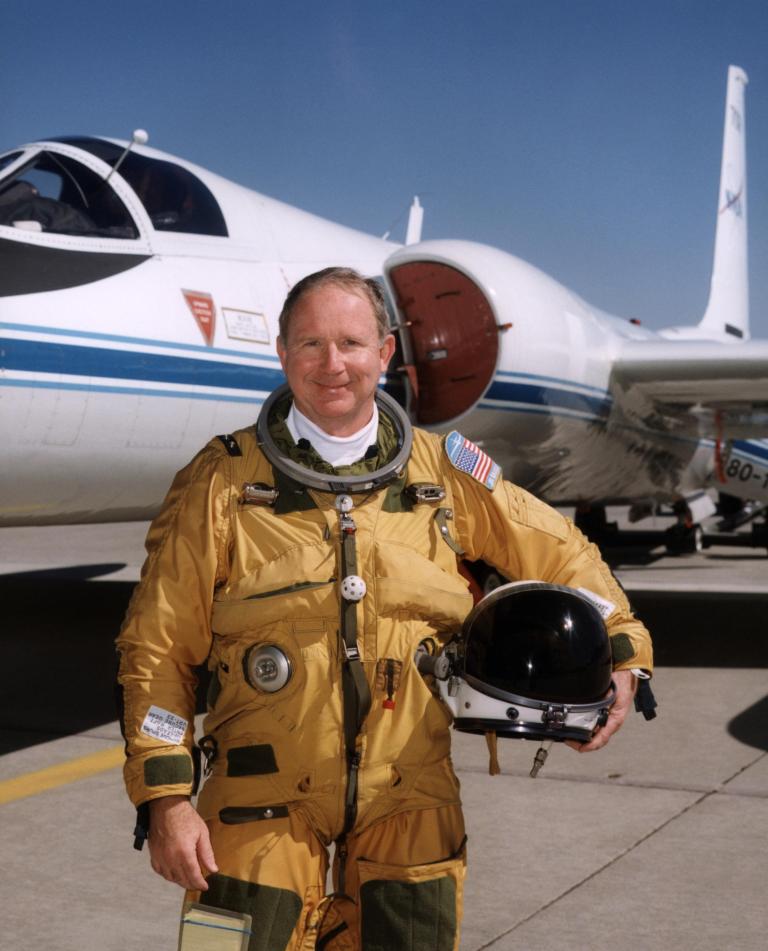
James Barrilleaux
NASA Pilot
James Barrilleaux was the assistant chief pilot for ER-2s in the Flight Crew Branch of NASA’s Dryden (now Armstrong) Flight Research Center, Edwards, CA. The ER-2s-civilian variants of the military U-2S reconnaissance aircraft-are part of NASA’s Airborne Science program. The ER-2s can carry airborne scientific payloads of up to 2,600 pounds to altitudes of about 70,000 feet to investigate such matters as earth resources, celestial phenomena, atmospheric chemistry and dynamics, and oceanic processes.
Barrilleaux joined NASA in 1986 as a U-2/ER-2 pilot with NASA’s Airborne Science program at Ames Research Center, Moffett Field, CA. He flew both the U-2C (until 1989) and the ER-2 on a wide variety of missions both domestic and international. Barrilleaux flew high-altitude operations over Antarctica in which scientific instruments aboard the ER-2 defined the cause of ozone depletion over the continent, known as the ozone hole. He has also flown the ER-2 over the North Pole.
Barrilleaux served for 20 years in the U.S. Air Force before he joined NASA. He completed pilot training at Reese Air Force Base, Lubbock, Texas, in 1966. He flew 120 combat missions as a fighter pilot over Laos and North Vietnam in 1970 and 1971. He joined the U-2 program in 1974, becoming the commander of an overseas U-2 operation in 1982. In 1983, he became commander of the squadron responsible for training all U-2 pilots and SR-71 crews located at Beale Air Force Base, Marysville, CA.
He retired from the Air Force as a lieutenant colonel in 1986. On active duty, he flew the U-2, F-4 Phantom, the T-38, T-37, and the T-33. His decorations included two Distinguished Flying Crosses, 12 Air Medals, two Meritorious Service Medals, and other Air Force and Vietnam awards.
Barrilleaux earned a bachelor of science degree in chemical engineering from Texas A&M University, College Station, in 1964 and a master of science degree in systems management from the University of Southern California in 1979. He has accumulated more than 5,800 hours of flying time over a period of 33 years and was the oldest active U-2/ER-2 pilot.

























